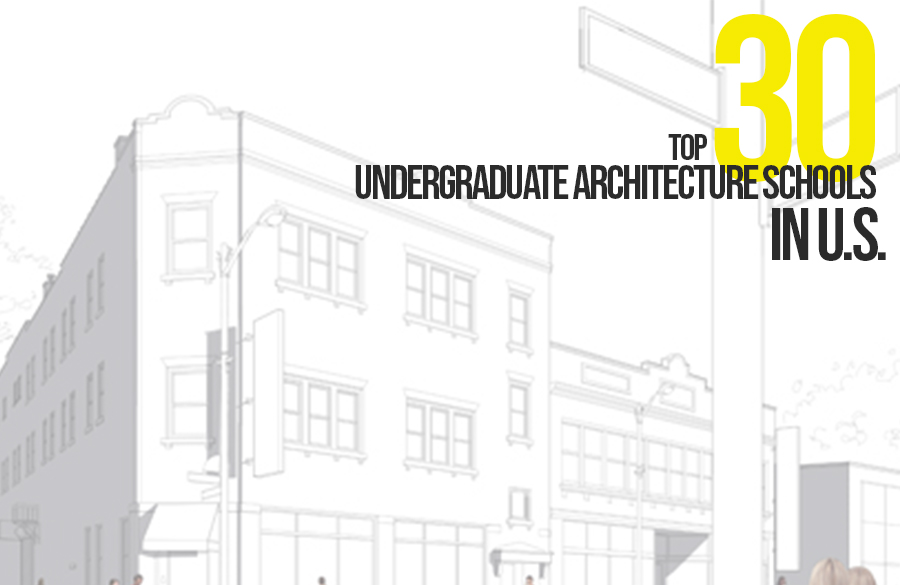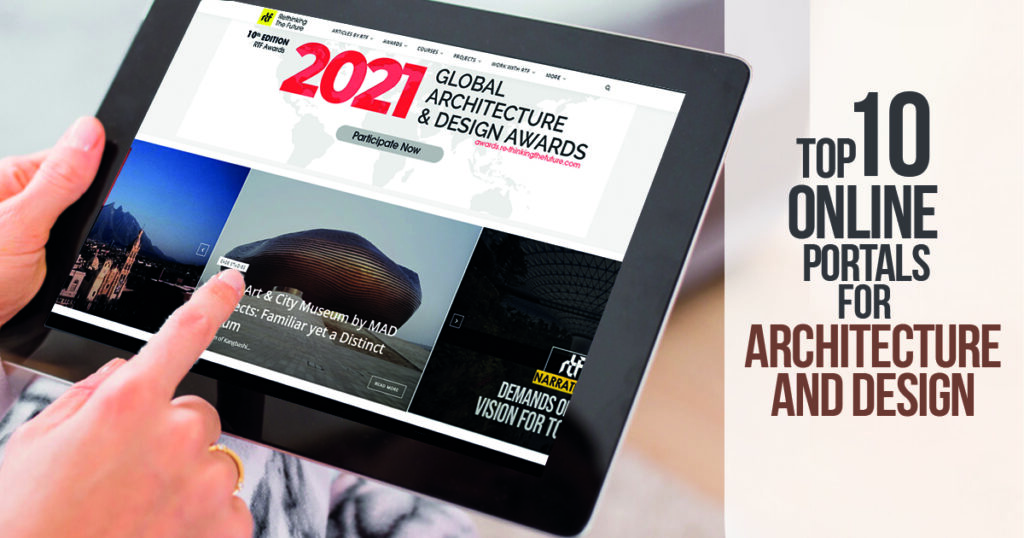How can architects evolve from students to professionals

The foundation for an individual’s approach to the profession established helps architecture students formulate their future professional practice principles. Architecture is a combination of arts and science of the built environment, reflecting the artistic, socio-political, and cultural background of a particular society in space and time. Thus, architecture being multidisciplinary, architectural life has always been a complicated issue. Equipping the students to meet the profession’s complex demands, the bachelor’s degree’s focus and curriculum structure must promote the relationship between general education and the profession’s needs. The growing need to address specialized issues like contextuality, environmental sustainability, designing barrier-free environments, project formulation, coordination, and management are pressing the architectural education hence helping architecture students evolve into responsible professionals.

The following points describe the problems and solutions that show how can architects evolve into professionals:
1. Education- a transition from academics to practical on-field knowledge
An architecture education begins with understanding the professional responsibilities to society, building users, and clients. Architecture education must offer experimental research, practice critique, and equip the skills, tools, and attitudes expected to reinvent it. Sometimes students interning or working in a firm for the first time complain about the work done, which is so different from what is taught in the college. Hence working in the real world and learning in architectural school for five years should resonate. There is a lack of practical knowledge, whereas architecture is not a field that targets just theoretical knowledge. Hence, students should be focused on the essence of creativity and the concept of originality while learning. These inculcate the sense of appreciation, importance, and prestige associated with this profession.
Knowledge of the different needs, values, and behaviors that characterize different cultures and the associations of this diversity on architects’ societal roles and responsibilities should be taught well. Integration of ethical perspectives concerning safety and codes, societal stability, air quality, environmental impact, budgets, systems selection, and material use make the transition smooth of being a professional. Professional architectural education is predicated on skills development. Consequently, the humanities are given short shrift. And when professional qualification is accomplished, numerous architects arguably miss the humanities and sense of humane in education. Such narrowly focused training contributes to the generally low quality of the built environment that we inhabit. Hence human integration should be well understood to transition into a responsible professional.

2. Technology and Current trends
Students must know the technologies that will aid their academic and professional development and anticipate their needs and designs’ requirements. Throughout the architectural design process, representative technologies bring ideas into reality, allowing communication between designers, clients, contractors, and collaborators. Architecture students must be proficient in these representation technologies throughout their studies and must reach the point where drawing and representation blend and drawing become thinking. Therefore, students must become skillful in multiple representation technologies that help them evolve into a successful professional. With our technology’s capabilities advancing rapidly, new mediums of Virtual Reality, robotics, and artificial intelligence are all changing the architectural profession at a fundamental level. This creates the necessity for architects to keep up with the times and be ready for professional practice and an uncertain future.
3. Proficient skill sets
Architecture students must assimilate required information related to design and construction processes, develop management and communication skills, find ways to put it in order, and apply it to a particular setting. With the development of technology, continuous research in the fields of humanities and fine arts, and the exponential increase in mobility globally, the profession of architecture is becoming more demanding every day. In the profession, an architect needs to address various needs that require a vast plethora of knowledge and skills.
Architects must have analytical skills that help understand the content of designs and the context in which they were created. Architects deal with their ideas, in oral presentations and writing, with clients, other architects, and staff, which need strong communication skills. Architects plan the overall look of buildings and structures. Therefore, the final product should be attractive and functional that borne out of creativity. Architects often manage contracts. Consequently, they must keep records related to a project’s details, including total cost, materials used, and progress. Architects need to use CAD technology to create plans as part of building information modeling like BIM. Architects must envision how a structure’s components relate to each other and visualize how the overall building will look once.
4. Mental preparation
To think of ourselves as professionals while learning can change the behavior and decision making as it will show a sense of significant responsibilities and power within society. Ethics is about the difficult decisions that place us in questionable circumstances where any decision will result in difficulties for someone. Architectural education is life-long and will always encompass to grow, develop, and broaden the perspective to understand the power of architecture. Constantly re-evaluating ourselves helps in architecture life. Setting revised goals, using new experiences to challenge thinking and direction helps to retrospect the plans and decisions. Self-reflection is necessary for improvement and ethical growth. Seek to grow, expand horizons, and face challenging issues define the level of professionalism. In the end, to evolve from students to professionals comes down to be the change you seek in the world.
5. Entering to Professional architect practitioner, project delivery, and practice
The skills learned from design studios, professional practice courses, and the use of up-to-date technological tools prepares students for an “unknowable” future of the profession. There is a need to inspire intellectual curiosity first and foremost, to tackle the future’s unknown situations. It is necessary to inculcate qualities related to professionalism and ethics that help integrate community service into the practice of architecture. The past experiences from internships, where students research, analyze, and document critical professional practice challenges with firms, help them in professional life. This real-world practical experience yields understanding of design and technology with the architect’s transforming role.










Responses